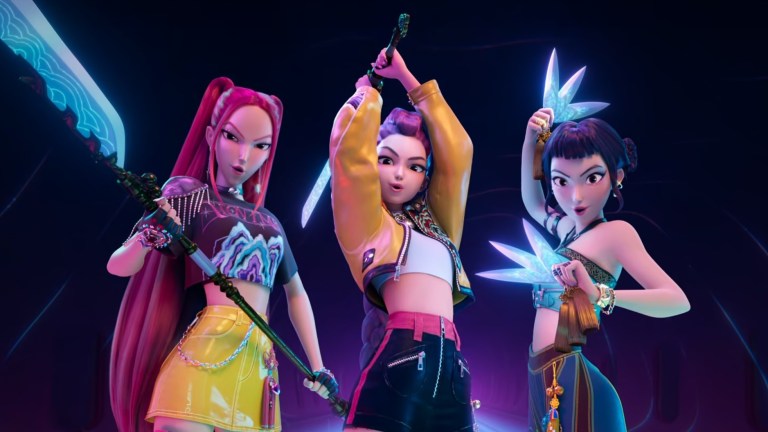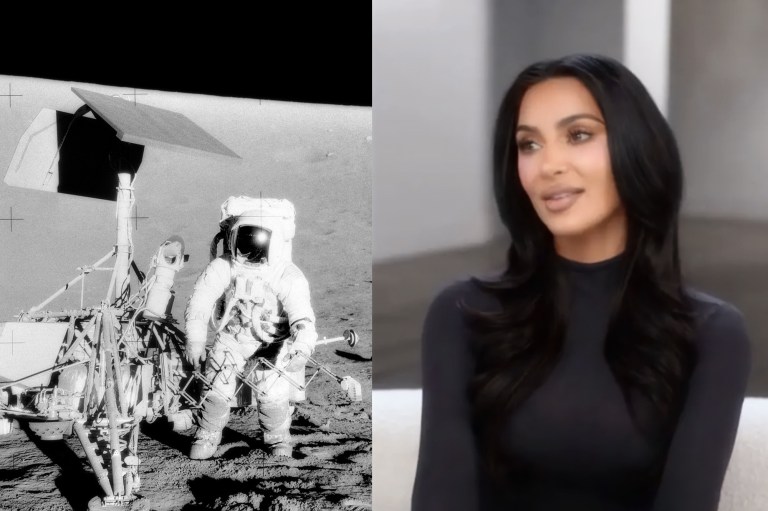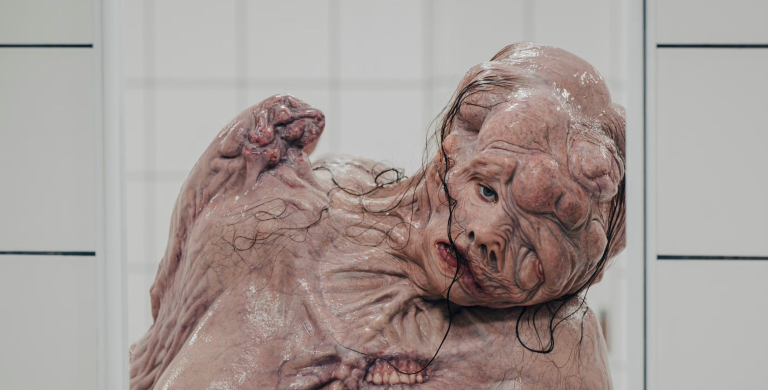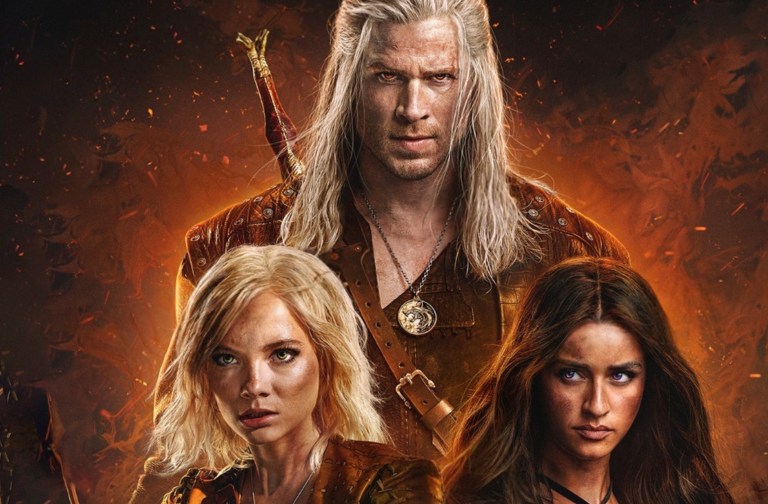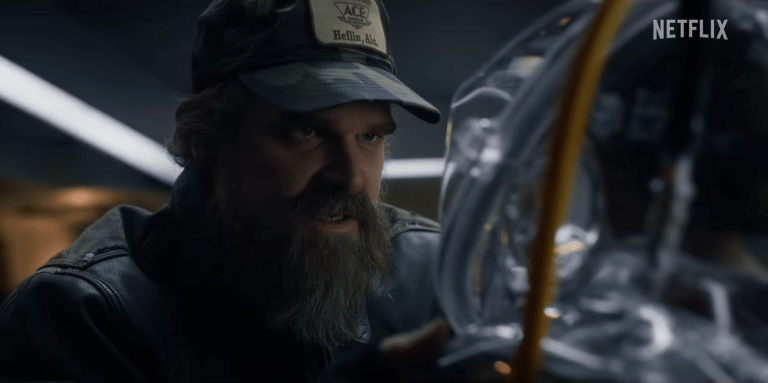
Danny Boyle Would Never Make This Iconic Movie Again. Why? ‘Cultural Appropriation’
With 28 Years Later, director Danny Boyle returned to a franchise he helped start two decades ago.
The horror film scored with audiences and critics, proving the English director hadn’t lost a feel for the world he co-created. But there’s one movie Boyle has no interest in ever revisiting: 2008’s Slumdog Millionaire. Boyle himself is casting doubt on whether he ever should’ve made the movie – or could today. That self-doubt, understandable in an era of cultural reckoning, echoes what some critics warned about the film at its release.
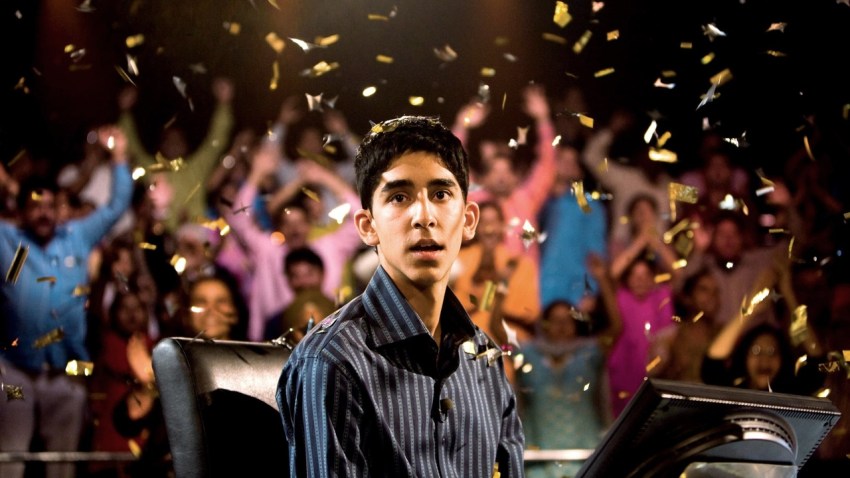
The movie picked up eight Academy Awards, including Best Director for Boyle, Best Adapted Screenplay, and Best Picture. A combination of suspense, romance, and a unique portrayal of Mumbai beautifully adapted Vikas Swarup’s novel to captivate audiences. But was it Danny Boyle’s story to tell?
In a recent interview with The Guardian, Boyle reflected on the film’s production and how it would be received in the current climate.
At the time it felt radical. We made the decision that only a handful of us would go to Mumbai. We’d work with a big Indian crew and try to make a film within the culture. You’re still an outsider. It’s still a flawed method. That kind of cultural appropriation might be sanctioned at certain times. But at other times it cannot be.
You wouldn’t even contemplate doing something like that today. And that’s how it should be. It’s time to reflect on all that.
Boyle deserves credit for looking back with an open mind and demonstrating a willingness to be self-critical. Slumdog Millionaire is, at its core, a product of cultural appropriation. Here, “cultural appropriation” should be taken as a dominant culture adapting stories from a marginalized one without an equal creative voice. Western creatives adapted an Indian novel into a rags-to-riches movie told through a Western lens. While Boyle made efforts to “work with a big Indian crew and try to make a film within the culture,” the film ultimately stayed under Western creative control. A British director collaborated with a British screenwriter (Simon Beaufoy), and the story’s tone was designed to appeal to mostly Western audiences.
The aesthetic choices in Slumdog Millionaire lean into familiar, troubling tropes: children running through garbage, corrupt police, urban violence, and extreme poverty. While they may have a basis in reality and come from Swarup’s novel, it borders on “poverty porn.” At the film’s release, critics rightfully argued that more accurate depictions of poverty in Indian already existed thanks to Indian directors such as Ram Gopal Varma, Satyajit Ray, and Mira Nair. Boyle shouldn’t be blamed for those films not getting the recognition they deserve, but a British director giving his version of India to the world has historical baggage that makes it an easy target. The filmmaker acknowledges as much, saying “we have to look at the cultural baggage we carry and the mark that we’ve left on the world.”
In today’s entertainment landscape, a film like Slumdog Millionaire would likely not be made in the same way. Both audiences and the film industry consider most outsider authorship to be biased. This becomes especially apparent when telling the stories of marginalized or formerly colonized people. Boyle’s regret isn’t performative, but growth. For all its achievements,
Slumdog Millionaire is already a relic of a time when even well-intentioned filmmakers overstepped into territory better left to those on the inside.
